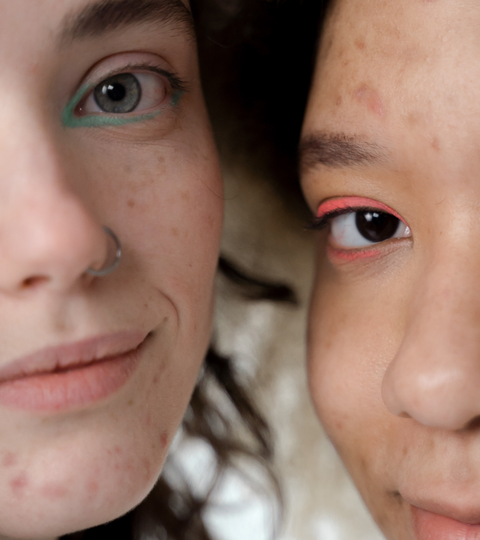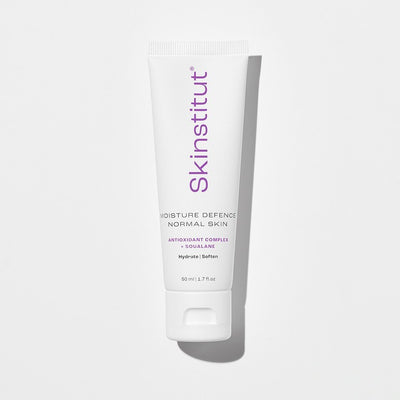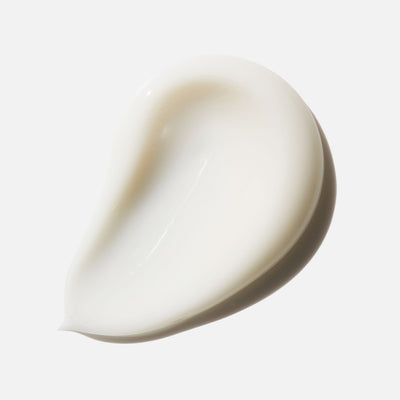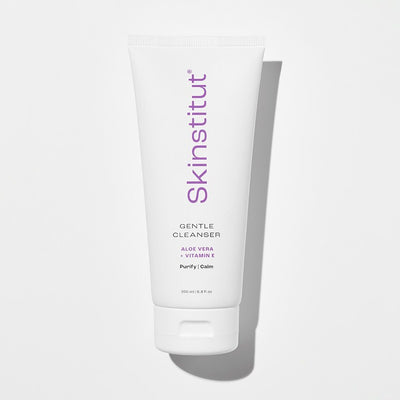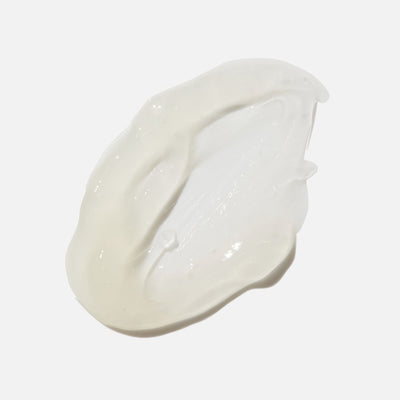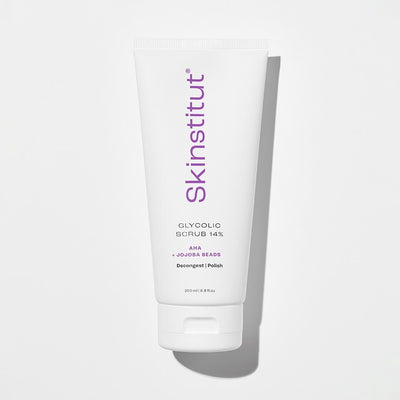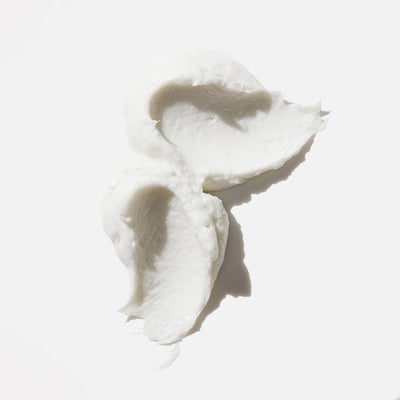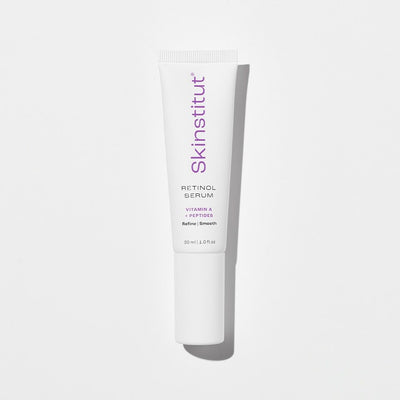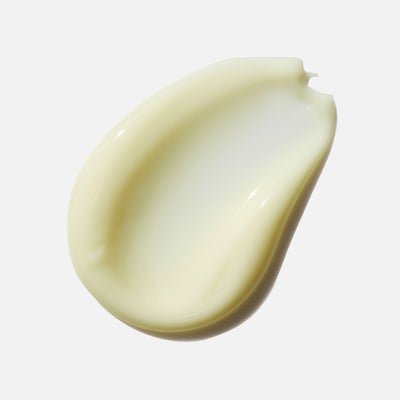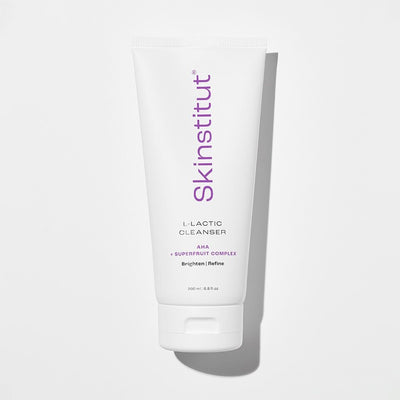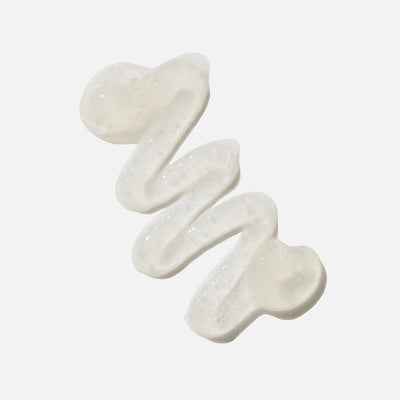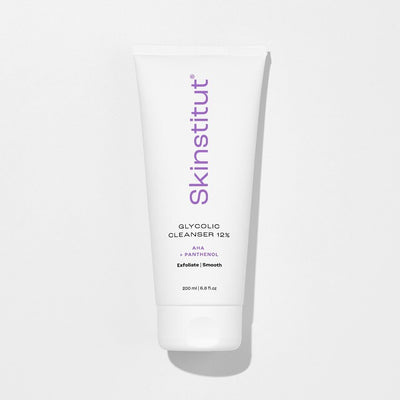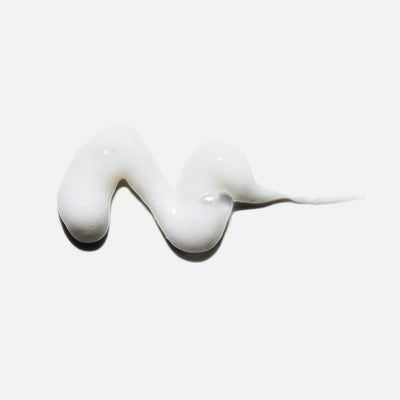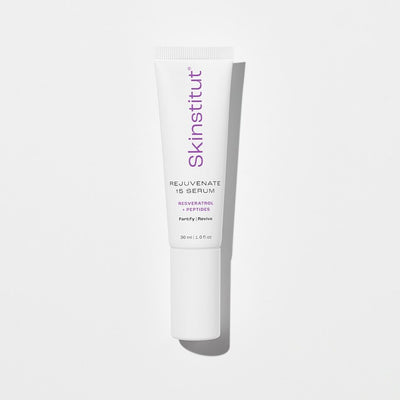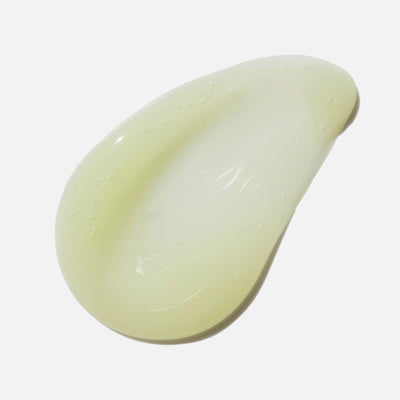While the idea of your skin ‘purging’ might sound slightly terrifying, this process can be a sign that smoother, clearer, brighter skin is just around the corner.
Purging refers to breakouts that happen when a new product is introduced to your skincare routine, but it can look suspiciously like a breakout, so it’s important to work out exactly what’s going on.
Read on for our expert deep dive into skin purging, why it happens, and how best to treat it.
Skin Purging 101
Skin purging describes the skin’s reaction to active topical ingredients, specifically those that trigger cellular turnover. The most common offenders are Retinoids and accelerating acids like Glycolic, Lactic and Salicylic. Basically, these compounds speed up exfoliation, which can bring underlying congestion to the skin’s surface all at once – not exactly a good look or feel, right?
What Does Skin Purging Look Like?
Skin purging tends to look like any typical breakout, featuring blackheads and whiteheads (open and closed ‘comedones’ respectively). This condition might also be accompanied by flaking, rough texture and dullness, which are other signs that your complexion is going through an adjustment period.
Is My Skin Purging Or Breaking Out?
Deciphering between the two can be tricky, but the most obvious indicator that you’re purging as opposed to breaking out will be that you’ve introduced a product with one of the aforementioned active ingredients into your routine.
That said, it’s important to remember that not every skin change is indicative of a purge and you might simply be experiencing a breakout or have an adverse reaction.
To help you figure things out, we’ve compiled useful information about skin purging and how to treat it.
Duration
Our skin renews itself every 28 days, so any purging should clear up within six to eight weeks. If symptoms continue, chances are the active product you are using is either not working for your complexion or making things worse. If that’s the case, we suggest you pass it on to a skincare-obsessed pal and try something else.
Ingredients
As we mentioned earlier, increased cell turnover is what triggers a purge, so, if you’re not using a new Retinoid or chemical exfoliant, it’s likely what you’re experiencing is a breakout instead.
Can You Prevent Purging?
The good news is that not everyone will experience skin purging when integrating new formulas into their routine.
But if you are one of the unlucky ones, rest assured this is a good sign the active ingredient is working, and the long-term benefits – clear, radiant skin – will be worth the wait.
In the interim, you can support your complexion through the process with quality cosmeceuticals, which we discuss below.
How To Treat A Skin Purge
First of all, take comfort knowing skin purging is a temporary condition – good things take time, after all!
To manage symptoms related to purging, there are a number of things you can do.
Encourage skin renewal
This might seem counterintuitive, but regular exfoliation will keep cellular build-up to a minimum, and this will reduce the severity of any purge-related pimples.
Implement a dedicated formula a few nights a week, as well as a daily exfoliating cleanser.
Glycolic Cleanser 12%: This lightweight gel gently resurfaces, rehydrates and revives the skin, leaving it smooth and purified.
Glycolic Scrub 14%: A Skinstitut bestseller for a reason, this dual scrub and chemical exfoliant buffs away flakes while smoothing the skin’s surface.
Expert Refine AHA Glycolic Toner: Packed with 5 per cent Glycolic Acid alongside Witch Hazel, Aloe Vera and Green Tea, this leave-on toner dissolves expired cells, improving tone, clarity and softness.
Even Blend Serum: If discolouration is a concern, Even Blend combines Glycolic Acid and Wakamine Seaweed to brighten dark spots and improve overall radiance.
Don’t skimp on hydration
When your face is congested it can feel instinctual to starve it of moisture, but this will only exacerbate things. Instead, use a lightweight lotion that will hydrate without attributing to oil production.
Moisture Defence Oily: This light gel fortifies skin thanks to Niacinamide and Zinc, while humectants like Glycerin and Panthenol will ensure long-lasting moisture, sans shine.
Soothe and spot treat
One of the best ways to blitz temporary pimples is to spot treat them and keep the rest of your routine relatively streamlined. Reach for a soothing formula that will remove breakout-causing bacteria while calming the skin.
Laser Aid: This versatile salve is a godsend for skin that’s out of sorts. Because of its antibacterial properties, it makes for an excellent spot treatment or leave-on mask. It also works to alleviate redness and irritation.
Want more intel on how to keep your skin bright, clear and breakout-free? Read up on all things congestion here, or explore our Clearing range here.


